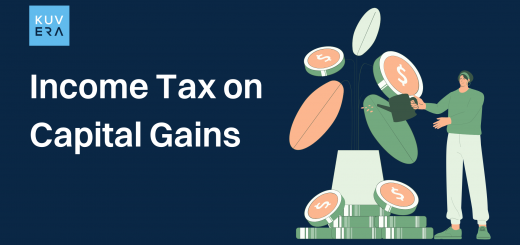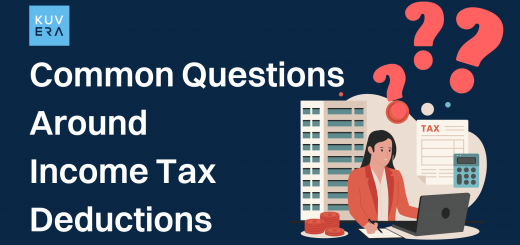Presenting Investor Education Originals, where we simplify the basics of personal finance and investing for you. In this video, we explain all you need to know about EPF, PPF & VPF.
EPF, PPF & VPF are your best investment options for government-guaranteed returns and tax deductions.
1. EPF (Employees Provident Fund):
12% of your basic salary goes into your EPF account to help you save money for retirement. Not only do you get a tax deduction, but also earn 8.5% guaranteed interest under section 80-C of the Income Tax Act.
2. VPF (Voluntary Provident Fund):
VPF works exactly like EPF and earns the same interest rate of 8.5%. You can choose to invest 100% of your basic salary in VPF, and avail of tax deduction under section 80-C.
3. PPF (Public Provident Fund):
PPF is suitable for both salaried and self-employed people. As of today, PPF gives you a return of 7.1% with a lock-in period of 15 years.
Note:
- EPF, VPF & PPF all three are long-term investments and therefore not liquid.
- The minimum annual amount required to keep the account your EPF & PPF active is Rs 500, and the maximum amount that can be deposited in a financial year is Rs 1.5 Lakh.
- VPF has the same lock-in period as EPF. While partial withdrawal is allowed in VPF, the amount will be considered tax-free only if the investment is at least 5 year old.
- Partial withdrawal from EPF is permitted in case of emergencies. However, tax exemption on EPF corpus is allowed only if you have invested continuously for 5 years.
- Partial withdrawal is allowed in PPF after completion of 5 financial years.
Start investing through a platform that brings goal planning and investing to your fingertips. Visit kuvera.in to discover Direct Plans and Fixed Deposits and start investing today.
#MutualFundSahiHai #KuveraSabseSahiHai #PersonalFinance #InvestorEducation











